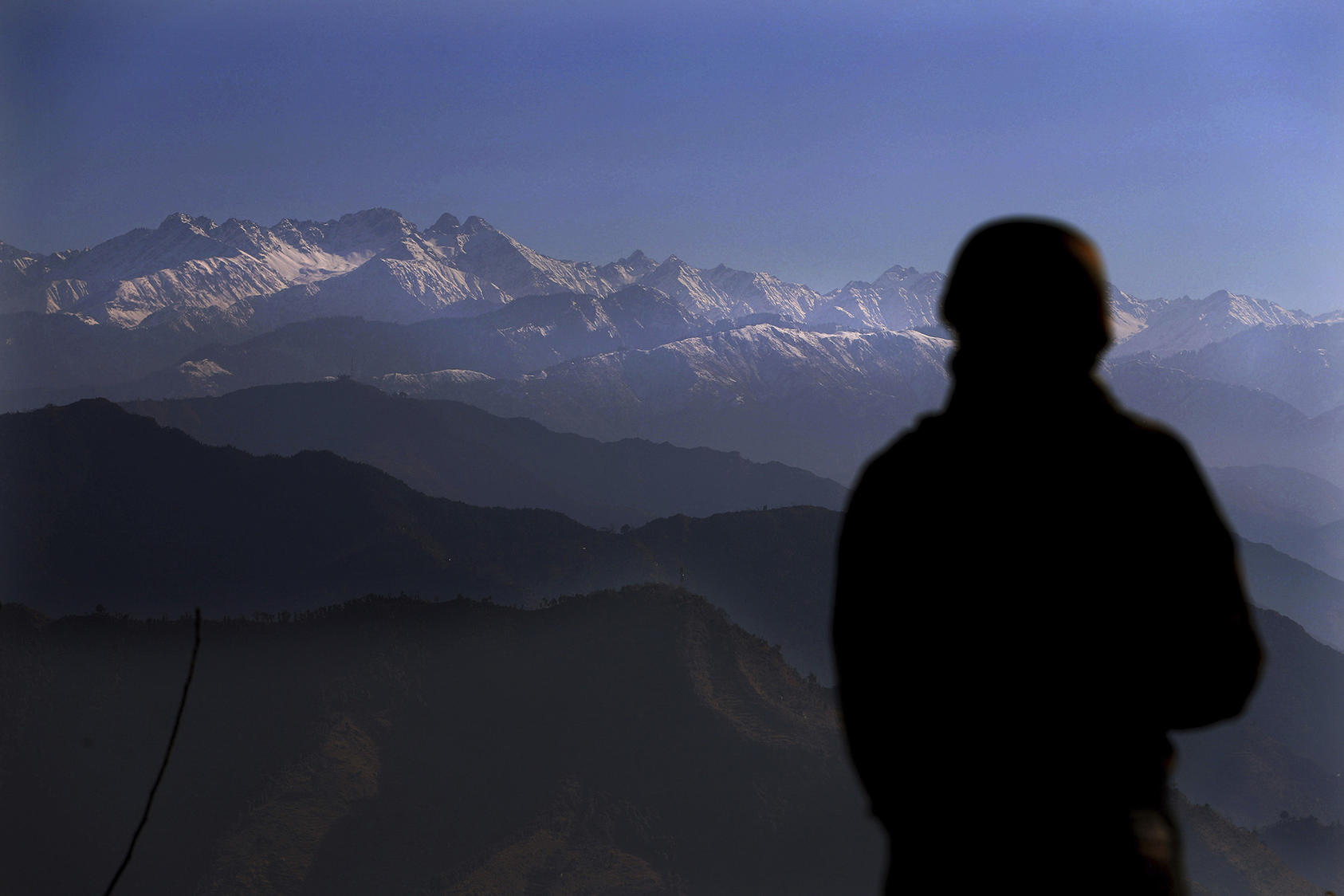 along the Line of Control that divides the Indian- and Pakistani-administered parts of Kashmir on December 16, 2020. (Photo by Channi Anand/AP)" />
along the Line of Control that divides the Indian- and Pakistani-administered parts of Kashmir on December 16, 2020. (Photo by Channi Anand/AP)" />Search for experts, projects, publications, courses, and more.
Tuesday, February 6, 2024 /
By: Christopher Clary
The February 2021 ceasefire between India and Pakistan along the Line of Control in Kashmir has—despite occasional violations—turned into one of the longest-lasting in the countries’ 75-year shared history. Yet, as Christopher Clary writes, the ceasefire remains vulnerable to shocks from terrorist attacks, changes in leadership, and shifting regional relations. With the ceasefire approaching its third anniversary, Clary’s report examines the factors that have allowed it to succeed, signs that it may be fraying, and steps that can be taken to sustain it.
 along the Line of Control that divides the Indian- and Pakistani-administered parts of Kashmir on December 16, 2020. (Photo by Channi Anand/AP)" />
along the Line of Control that divides the Indian- and Pakistani-administered parts of Kashmir on December 16, 2020. (Photo by Channi Anand/AP)" />
This report examines the durability of the February 2021 ceasefire between India and Pakistan along the Line of Control in Kashmir in the context of previous ceasefire attempts—in 2000 and 2001, 2003, 2013, and 2018—between the countries. The report also discusses how the current ceasefire could lead to improved India-Pakistan relations and provides recommendations for policymakers to reinforce the ceasefire. The report was commissioned by the South Asia Program at the United States Institute of Peace.
Christopher Clary is an associate professor of political science at the University at Albany, State University of New York. His research focuses on the sources of cooperation in interstate rivalries, the causes and consequences of nuclear proliferation, US defense policy, and the politics of South Asia. He is the author of The Difficult Politics of Peace: Rivalry in Modern South Asia, published by Oxford University Press in 2022.